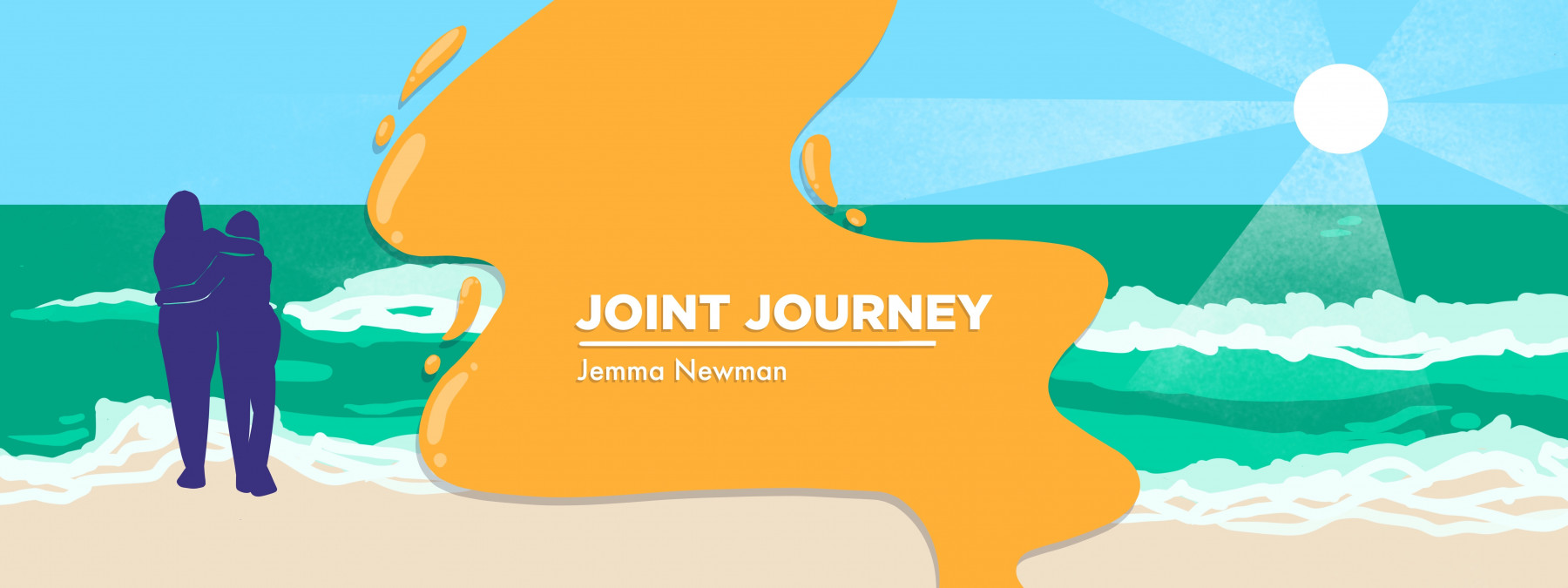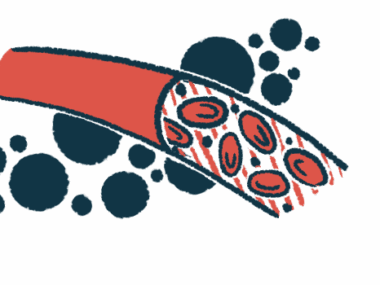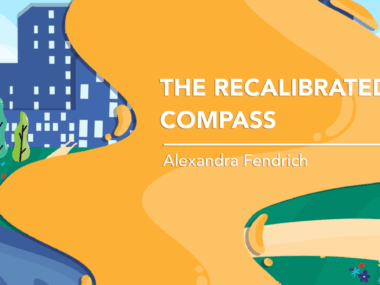Why minimalism in daily life fits well with ankylosing spondylitis
Family members turn to simplicity to emphasize the lifestyle they value the most
Written by |

My husband, Dave, and I both have ankylosing spondylitis (AS), and when we’re struggling to live with the disease, even simple things can seem difficult. A normally easy activity, like commuting to work on the train, can feel daunting because it’s going to cause extra pain.
When I was diagnosed with AS in 2018, I was fatigued all the time. In the morning, stiffness would completely lock up my back, and I could barely lift our toddler into a high chair or think clearly through the fog of exhaustion. The pain in my spine, ribs, and shoulder blades meant that I couldn’t get physical chores done around the house quickly, as I once did.
Neither did I have the energy or desire to see friends or socialize often, because I was too exhausted, and to be honest, depressed.
My AS reduced my ability to power through life energetically, and that led me to look at our lifestyle and belongings differently. I started hoarding my limited energy and searching for ways to simplify our lives so that we’d have time to focus on our health.
I critically assessed the kids’ wardrobes, which were bulging with clothes that needed sorting, washing, drying, and folding. As much as I enjoy nice clothes, extra items mean more laundry, just as more toys equaled more reasons to bend over and tidy up. New cars or fancy decor would need us to work extra hours to pay for them, adding financial stress.
Because of AS, I started to have a new appreciation for the concept of minimalism.
Minimalism allows me to focus on my health
Embracing a minimalist lifestyle doesn’t mean owning 15 items of clothing, living in a tiny house, or giving away all your possessions. Essentially, I see minimalism as a way to achieve freedom to focus on the things that are truly meaningful for the individual.
Authors Joshua Fields Millburn and Ryan Nicodemus of The Minimalists explain that owning stuff is not a problem, but “we assign too much meaning to things, often forsaking our health, our relationships, our passions, our personal growth.”
Minimalism demands that you make a conscious choice about what’s truly important in your life, then remove superfluous things to achieve that goal. Some people might value traveling the world, spending time on their hobbies, or caring for a loved one. These activities can feel more valuable than money, appearance, or acquisitions.
Dave and I knew that we needed to reduce our workload and stress levels, because we were getting overwhelmed trying manage our AS symptoms while raising young kids and earning an income.
Prioritizing our values
We decided that we’d rather have a simple life without financial stress, because stress can have a negative effect on AS symptoms. We didn’t want Dave working 60 hours a week, or me working full time while putting our kids in child care, just to pay for new cars or home renovations that aren’t necessary for our health or happiness.
If you peek in our garage, for example, you’ll see two old and inexpensive vehicles that work perfectly, but aren’t adding to our financial load. Dave’s Ford Maverick from the 1980s has clocked over 460,000 kilometers (that’s about 286,000 miles), but he still enjoys driving it, so we haven’t upgraded it.
These are the values we keep in mind to help us manage AS and live happily:
- Getting enough sleep
- Having time for movement, exercise, and stretching
- Securing regular, quality family time
- Investing in hobbies that bring us joy (such as painting for me and mountain-bike riding for Dave).
By choosing these things, we’re seeking long-term happiness, not quick-fix gratification. AS has made us value the simple things that have a big happiness return, without a high stress load.
The power of simplicity
Minimalism can be understood as seeking simplicity. Courtney Carver, creator of the website Be More With Less, was diagnosed with multiple sclerosis in 2006. Her disease was a catalyst to change her life of “chronic busyness,” and she claims she’s now almost symptom-free, saying, “I moved from powerless victim to the hero of my own story. I realized I have choices.”
I love Carver’s view of the positive power of minimalism. She writes, “Through decluttering, and focusing on the best things instead of all the things, you can create a life with more savings and less debt, more health and less stress, more space and less stuff, and more joy with less obligation.”
I believe that chronic diseases like AS can be easier to manage when you have time for exercise, better sleep, less stress, and solid relationships. By understanding what makes us happiest and healthiest, a minimalistic approach helps us to prioritize these things.
Note: Ankylosing Spondylitis News is strictly a news and information website about the disease. It does not provide medical advice, diagnosis, or treatment. This content is not intended to be a substitute for professional medical advice, diagnosis, or treatment. Always seek the advice of your physician or other qualified health provider with any questions you may have regarding a medical condition. Never disregard professional medical advice or delay in seeking it because of something you have read on this website. The opinions expressed in this column are not those of Ankylosing Spondylitis News or its parent company, Bionews, and are intended to spark discussion about issues pertaining to ankylosing spondylitis.







Leave a comment
Fill in the required fields to post. Your email address will not be published.